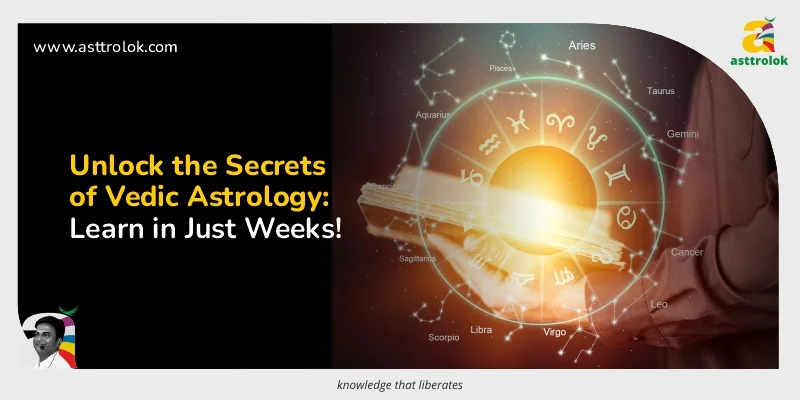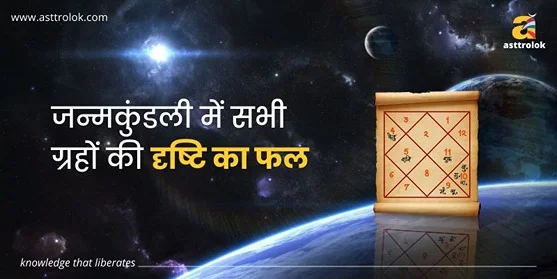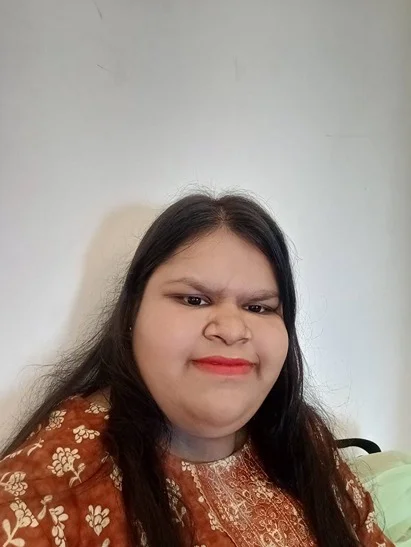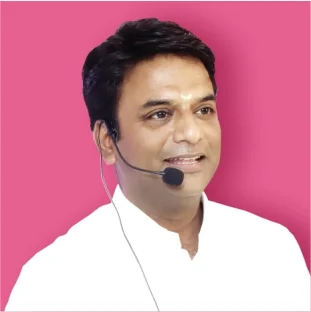
Embarking on the journey to learn Vedic astrology is like opening a portal to ancient wisdom, where the stars and planets narrate the stories of our lives. For Indians with a basic understanding of astrology, diving deeper into Vedic astrology promises both intrigue and enlightenment. So, how long does it take to truly grasp this ancient science? Let's explore the timeline for mastering Vedic astrology.
Get the best consultation from experienced astrologers at Asttrolok
Initial Fascination: 1-3 Months
In the first one to three months, curiosity fuels your learning. You'll immerse yourself in introductory books, online videos, and beginner workshops. This phase is all about familiarizing yourself with basic concepts such as the zodiac signs, planets, houses, and understanding the fundamental differences between Western and Vedic astrology. Your enthusiasm will drive your discovery, making this an exciting period.
Building the Foundation: 3-6 Months
The next three to six months are dedicated to solidifying your foundation. During this time, you'll dive deeper into the twelve zodiac signs (Rashis), the nine planets (Navagrahas), and the twelve houses (Bhavas) in a Vedic birth chart (Kundli). You'll start to understand how these elements interact and influence an individual's life. Texts like the Brihat Parashara Hora Shastra and introductory courses will be instrumental in this stage. Practice drawing and interpreting simple birth charts to apply what you learn.
Intermediate Mastery: 6-12 Months
Between six to twelve months, you'll take a more structured approach. This period involves understanding the Vimshottari Dasha system, which details planetary periods influencing different life phases. You'll explore the significance of Nakshatras (lunar mansions) and their roles in personal astrology. Regular practice and consultations with experienced astrologers or mentors can provide valuable insights and enhance your skills.
Advanced Insights: 1-2 Years
At the one to two-year mark, you commit to mastering Vedic astrology. You'll delve into advanced techniques such as Ashtakavarga (a system of prediction using planetary strength), Jaimini Sutras, and predictive methods beyond the basic Dasha system. This phase requires consistent study, practice, and possibly joining advanced study groups or specialized courses.
Proficiency and Practice: 2-3 Years
After two to three years, you should achieve a level of proficiency that allows you to provide consultations and predictions. Your interpretations will be more accurate, and your understanding of planetary transits (Gochara) and their effects will be nuanced. Engaging in regular practice, interpreting numerous charts, and receiving feedback will refine your skills. By now, you may also contribute to astrology forums, write articles, or even teach beginners.
Get your accurate personalized Kundali made with Asttrolok for deep insights into your life.
Lifelong Learning
While two to three years can make you proficient, Vedic astrology is a field of endless depth. Continuous learning and practice are essential, as new techniques and interpretations keep evolving. Many seasoned astrologers spend decades honing their craft, as every chart is unique and offers new insights.
Conclusion
Learning Vedic astrology is a journey that typically spans a few years from initial curiosity to achieving proficiency. However, the rewards of understanding this ancient wisdom are immense, offering profound insights into life’s mysteries. For those captivated by the dance of celestial bodies, Vedic astrology is not just a study but a lifelong passion that enriches one's understanding of the cosmos and human existence.
Embark on this celestial journey with patience and dedication, and the stars will reveal their secrets to you in time.
Read also: Which Zodiac Sign is Loved by All Other Zodiac Signs?
Comments (0)
Categories
Recent posts


जन्मकुंडली में ...
30 Aug 2023
Importance of Bhakoot Koota in Kundali ...
30 Aug 2023

.webp)














